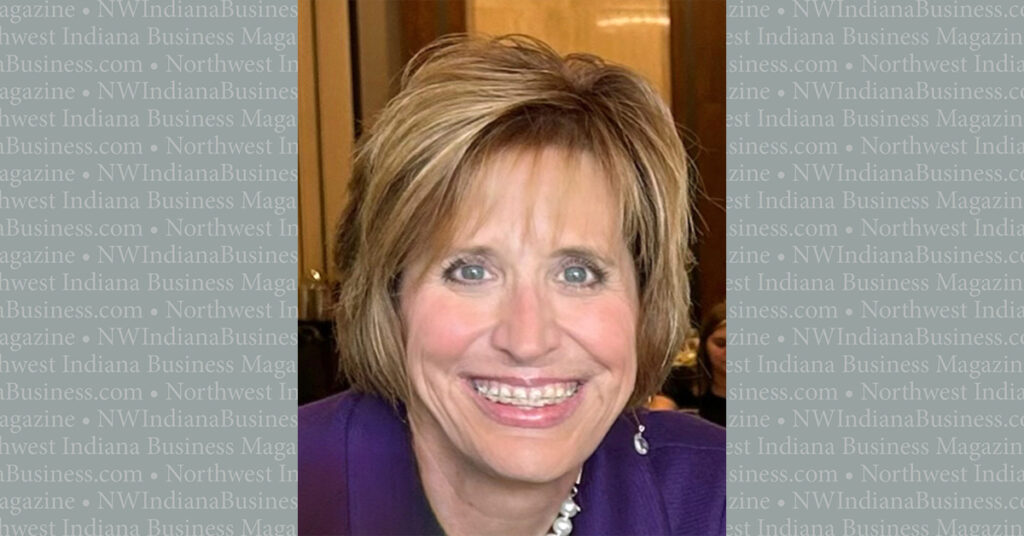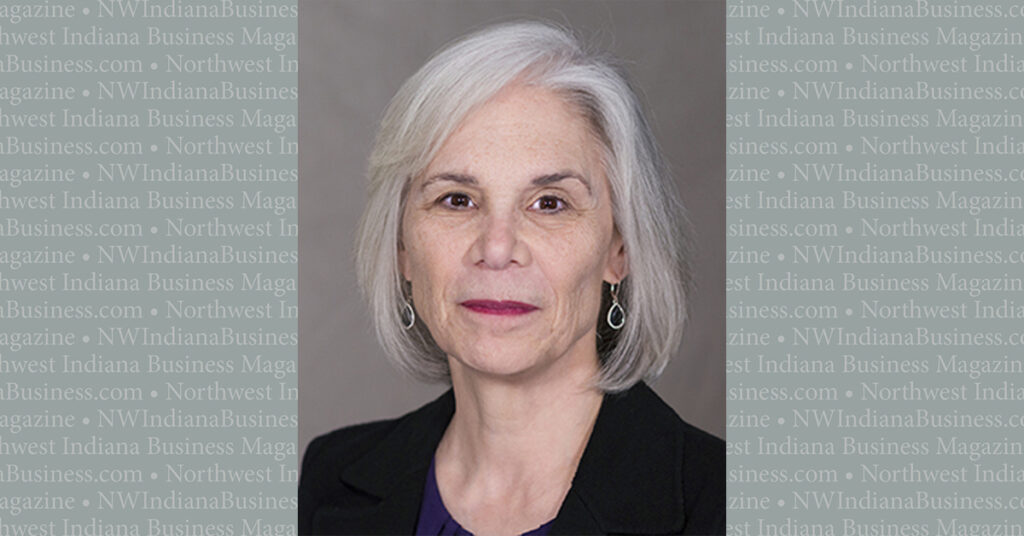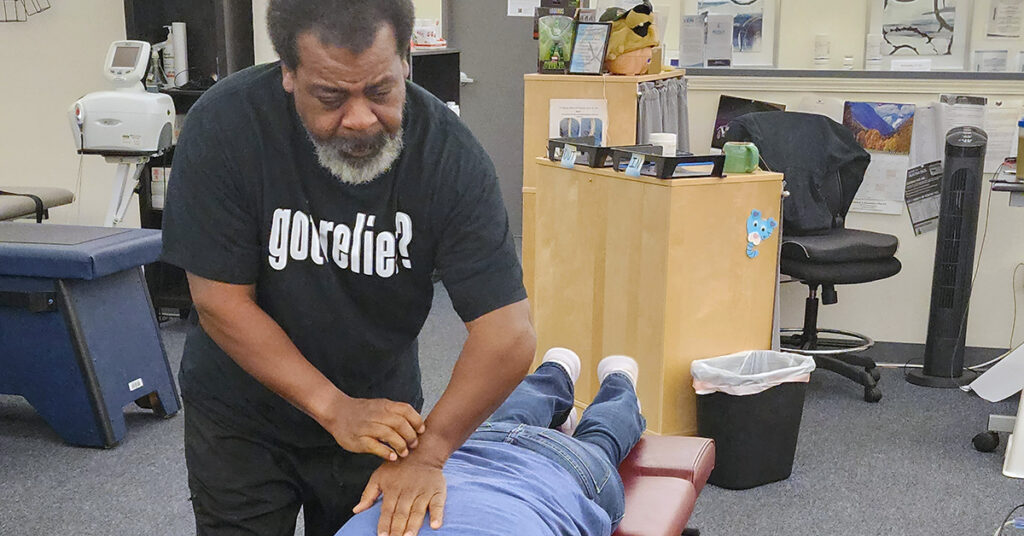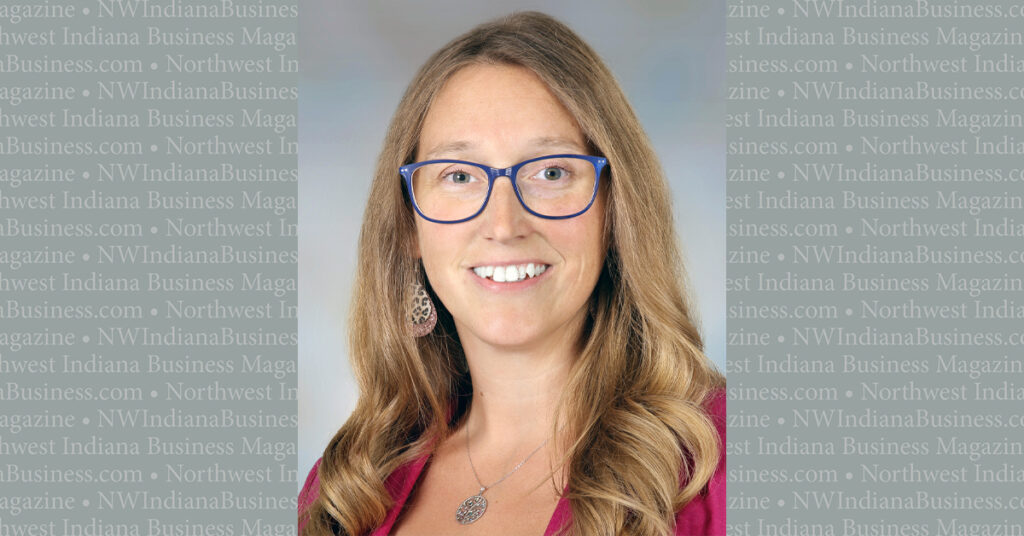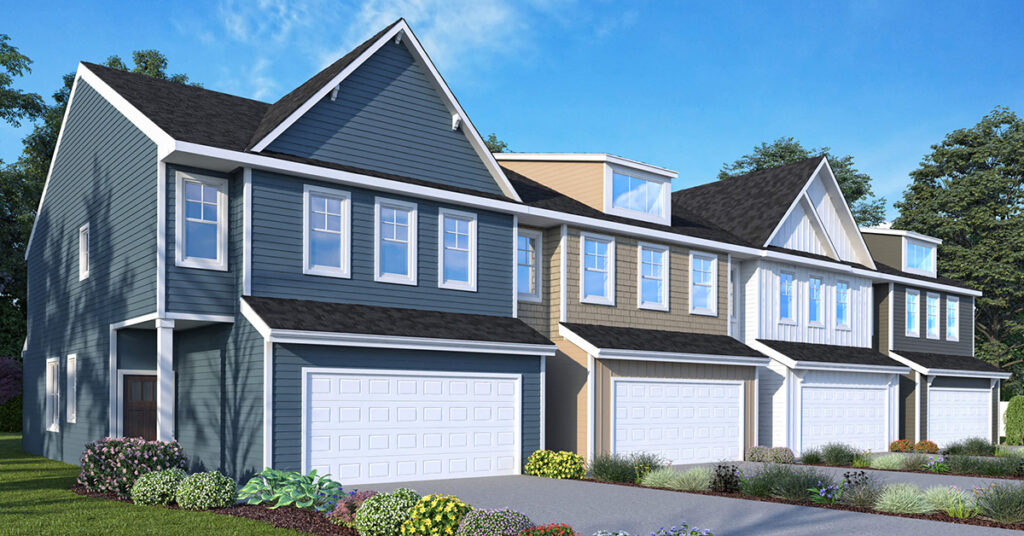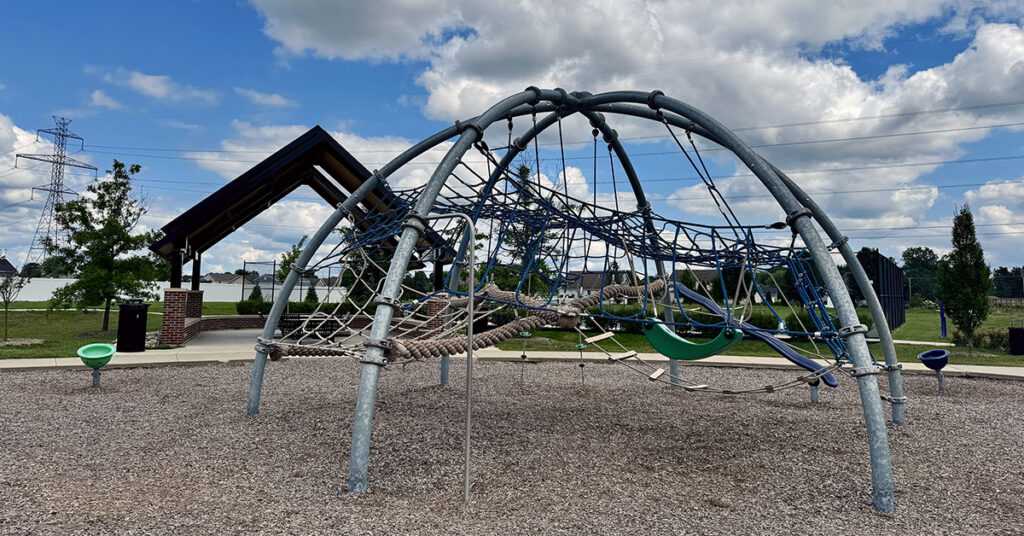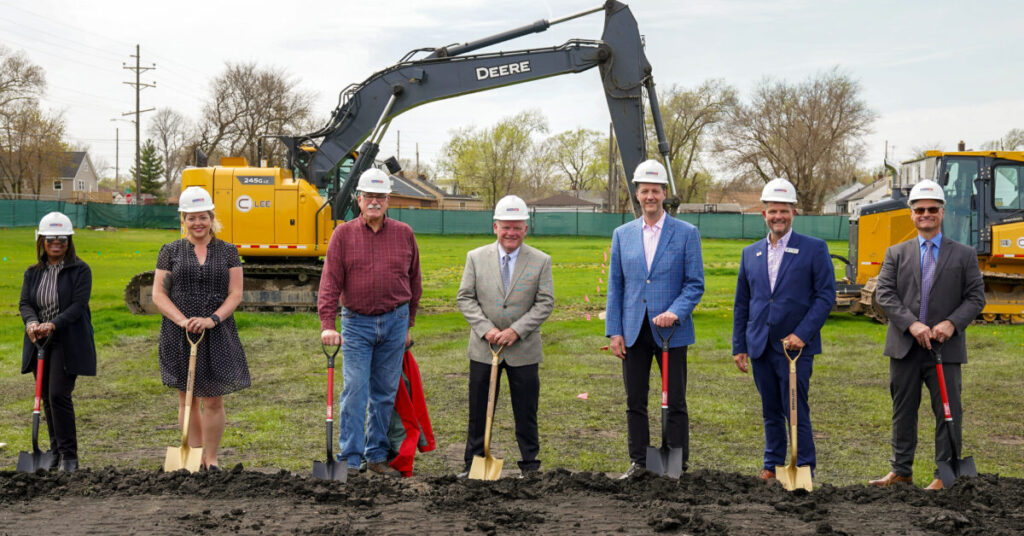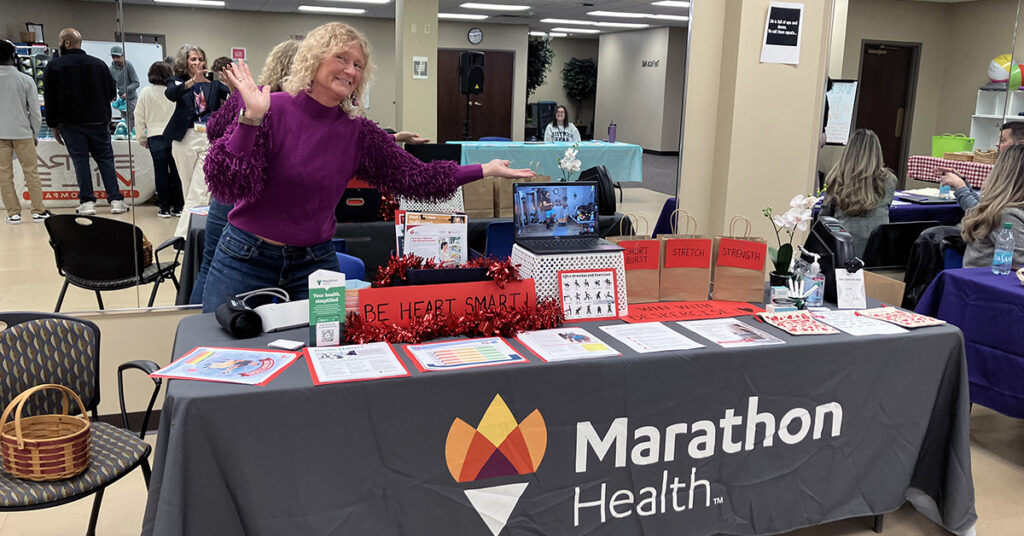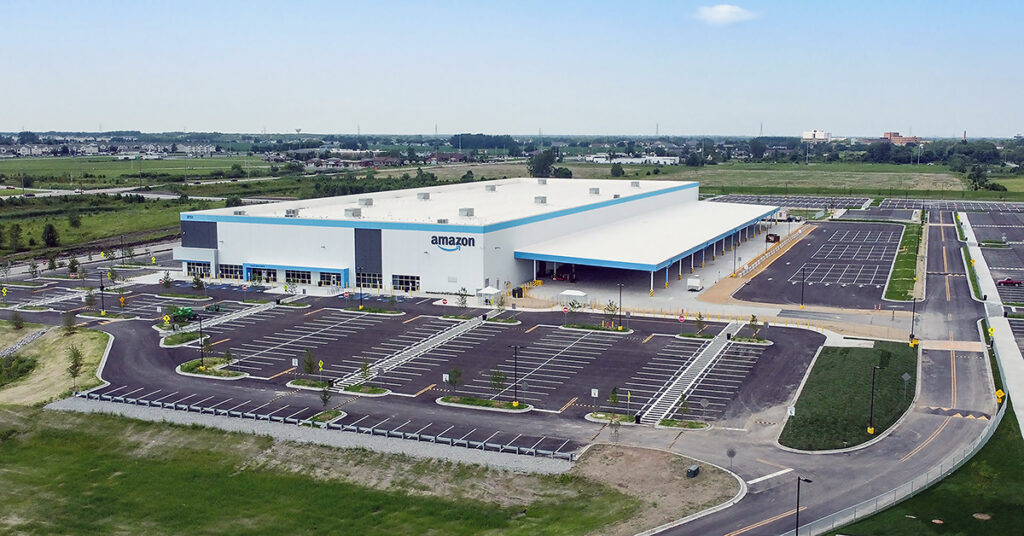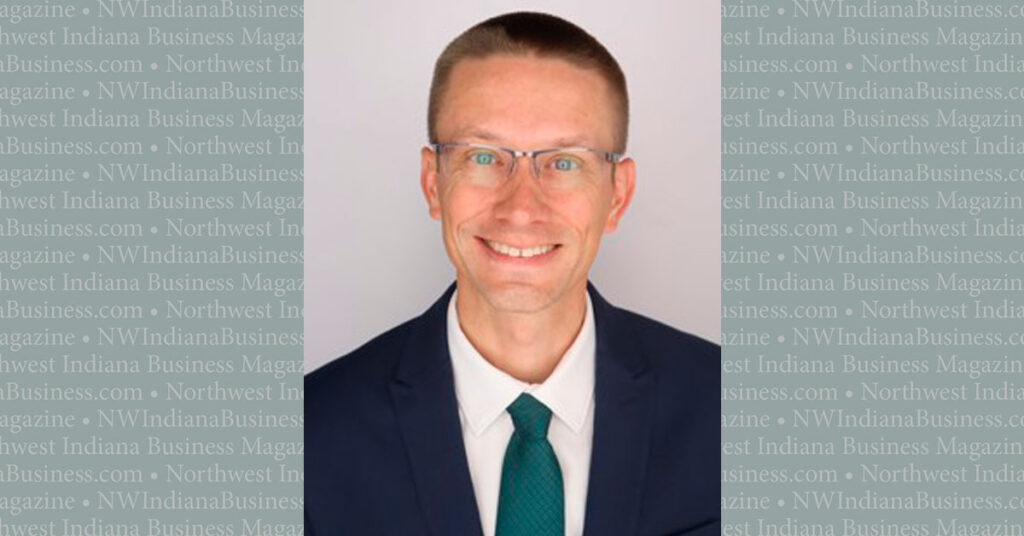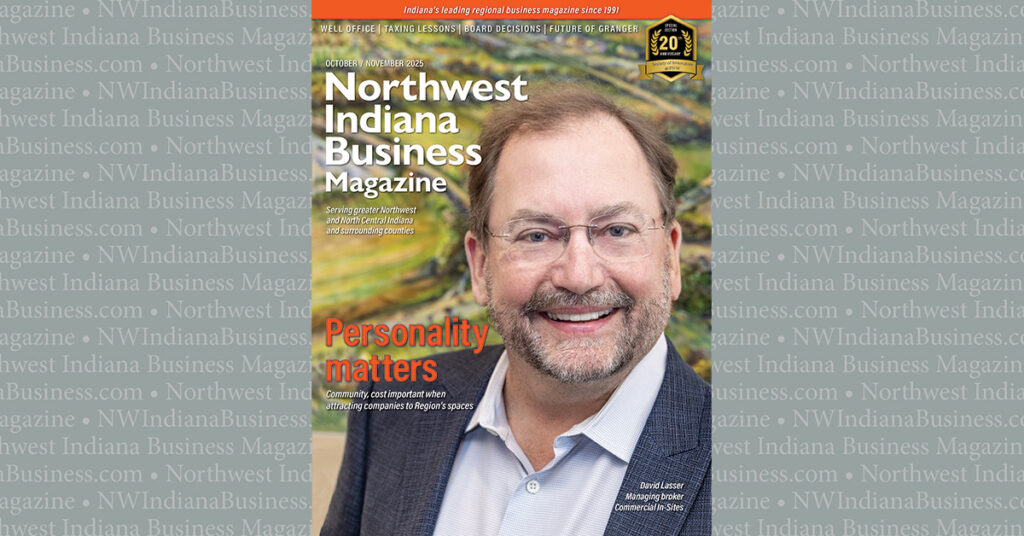
Town's plans for major improvements take shape
Schererville officials make no bones about being a bedroom community. But that doesn’t mean it’s a sleepy town.
“Right now, we are really busy,” Town Council President Tom Schmitt said. “We have five major projects going on.
“The biggest is the Kennedy Avenue expansion, a four-phase program we’ve been working on the whole time I’ve been on the council, 18 years, so it’s probably a 20-year project.”
For residents like Kelly Anoe, moving to Schererville 11 years ago was a big decision she is happy she made.
“I moved there when my daughter was young and going to school,” she said. “It’s a good community where kids can go out and play in the streets and ride their bikes and go to school, and you know it’s safe.”
Citytistics gave Schererville an A+ for safety, citing a relatively low crime rate in comparison to other cities similar in size.
That, plus the town’s good parks and trails, attracted Noe to the community.
“I think there’s access to all of the amenities that you need, which is nice,” she said. “I have probably three Targets within 10 minutes of me.”
It also helps that her job as president and CEO of the Legacy Foundation in Merrillville is a short drive away.
Worth the wait
When it’s done, Kennedy Avenue will be a four-lane road extending from Main Street to U.S. 30. Director of Operations Andrew Hansen spends most of his time on the Kennedy Avenue project. He’s buying easements, working with railroads and the state to make it all happen.
Among the four phases is putting a bridge over the railroad tracks to eliminate an at-grade crossing to speed traffic and improve safety.
The bridge over the railroad is the first phase of the Kennedy Avenue project, with bids to be let in January. Relocating utilities will take most of 2025, Town Manager Jim Gorman predicts.
The second phase, to be done concurrently, will extend Kennedy to Junction Avenue.
The third phase takes it from Oak Street to Main Street.
The fourth and final phase involves connecting to U.S. 30, at a current stoplight near the Pete’s RV dealership.
“The reason why it’s taken so long is to get the funding through NIRPC (Northwestern Indiana Regional Planning Commission) takes years and years,” Schmitt said.
With all four phases mapped out, they know what each phase will be over the next five years.
“It is the No. 1 project under NIRPC’s radar,” Schmitt said. “That actually helps all the way from Hammond to Highland to Schererville.”
Although, this long-term project might take a while to complete.
“All said and done, I’m guessing 2032” for completion, Hansen said.
The town has been saving for 25 years to provide the local share of the $75 million project’s cost, estimated at $30 million to $35 million.
But the project will pay big dividends.
“My biggest thing is the safety, to remove some of the north and south traffic off Indianapolis Boulevard,” Schmitt said, but there is likely to be an economic development payoff with development expected along Kennedy Avenue.
“I could see some of the people selling the backs of their property to have frontage onto Kennedy Avenue” in the phase four section, Gorman said.
Hansen said Pete’s RV will lose some of its property but gain a location on a busy intersection.
“We don’t want to buy property that we don’t need,” he said.
To avoid collisions, there will be a traffic pattern unusual in Northwest Indiana. Traffic turning left will have to turn right first and enter a special lane to do a U-turn for a left turn. “I call it a ‘Michigan left,’” Hansen said. The configuration is popular in western Michigan.
Junction Avenue will be realigned to have a traffic signal at the intersection. That’s where the town’s wastewater treatment plant and public works campus are located.
The existing Pennsy Greenway will be slightly rerouted.
“Quite honestly, the biggest holdup is the two railroads: Canadian National (Railway) and Norfolk Southern,” Hansen said.
Railroads are notorious for being slow to agree to changes affecting their routes.
“The hierarchy is like the railroad and then God,” he said.
The only portion with sidewalks or trail will be U.S. 30 to the Pennsy Greenway. The right of way is narrow, and there’s nothing on the north end to connect them to anyway, Hansen said.
“That took off $2 million of the cost” to eliminate sidewalks on the railroad bridge, he said.
All in all, it’s roughly 2.3 miles of new roadway between U.S. 30 and Main Street.
Throughout the planning process, community input has been valuable.
Hansen said the town created a community advisory committee and found a neighborhood near Junction Avenue didn’t want heavy truck traffic going through.
That meant rerouting Kennedy, so it won’t go through their neighborhood. At the public works campus, the road will shift to the left to avoid it. The new stretch of Kennedy in phase four will be called Kennedy Boulevard, not Kennedy Avenue, to avoid hassle for neighbors.
“There’s a lot of people who live on that street,” Hansen said, and the town didn’t want to change a lot of addresses.
“This is the least impactful, so that’s how we ended up with this routing,” Hansen said.
Saving for big changes
At the turn of the century, Schmitt said, the town developed a tax increment financing district knowing someday Kennedy would have to be expanded.
“That’s where we’ve been stashing our money,” he said.
Back then, the town could have completed all four phases for $20 million instead of the current $75 million estimate, Schmitt said. But that would have involved a different financing model.
“It takes time to get that TIF money saved,” Gorman said.
“We should be very close to funding the whole thing with TIF dollars,” Hansen said. “I don’t think any other municipality in our area does that.”
Schererville doesn’t issue bonds for routine road construction projects, either.
“We’ve very happy with our road funding,” Schmitt said.
Community Crossing grants offered by the Indiana Department of Transportation have been a boon to the town.
“We had the money to match that, so we’re really blessed,” Schmitt said. “We’ve actually matched that $1 million every year.”
This year, the grant increased to $1.5 million, which the town gladly matched.
Schererville doesn’t have to do as much reconstruction because the roads are kept in good shape, Hansen said.
“Our ratings have always been pretty good” on the state’s 1-to-10 rating system, with 10 being best. The town’s average road condition is edging toward eight, he said.
The Community Crossing funding allows the town to do sidewalks, too, as long as they’re on the roads being worked on. This year, Schererville’s working on Burr Street.
Making room for a downtown
Another big project the town is working on is building a downtown on Joliet Street near the town hall and other municipal buildings. Like some other Northwest Indiana communities, strip malls popped up in commercial corridors before a downtown could be created.
Slowly, piece by piece as properties came up for sale, the Redevelopment Commission purchased six lots west of the town hall to attract a developer to start building that downtown.
Expect a mixed-use development with a restaurant and residential to pop up soon. The owners of Little Italy restaurant in Dyer bought that property. Plans aren’t firm yet, but the goal is to have businesses on the ground level and residential on top.
The Redevelopment Commission is focused on creating a downtown that roughly extends to Cline Avenue along Joliet. The downtown core will be between Austin and Anna streets.
“We’re just getting ready for them to bring on their plans and bring them to the Planning Commission,” Schmitt said.
“Our goal is to have more development go on Joliet Street to revitalize our downtown.”
Schererville’s downtown has been designated a riverfront district, which allows the town to create more liquor licenses in a town where available licenses are in short supply. “Liquor licenses, there are none in Schererville,” Hansen said.
Decorative street lighting will help beautify and distinguish the downtown area.
“We always wanted to be identified as that’s our downtown,” Schmitt said.
Creating a downtown gives more of a town identity, he said. “That’s why we kept a lot of our municipal buildings down here.”
Expect a new fire station at Anna and Joliet to be added to the mix of municipal buildings.
“Our goal is to build a new central fire station there,” Schmitt said, and eventually close the one at Old 330 and Cline Avenue. With the new Kennedy extension, the firetrucks will be able to reach the north end of town quicker.
The station should be going out for bid later this year, he said.
Racetrack redevelopment
“We’ve got a lot of stuff going on,” Hansen said, not the least of which is redeveloping the old Illiana Speedway property.
The town bought the old racetrack, close to 70 acres, about eight years ago.
“Everyone asks you, why did you sit on that property so long?” Schmitt said. Like many other things, there was a pandemic pause.
In 2023, town officials decided to use the property to bring more recreation to the town.
About 75% of the property will be used for that purpose, likely, with frontage along U.S. 30 expected to be sold off for commercial use.
“In the next few months, we’ll be working with a hired engineering firm to put some designs together,” Schmitt said.
He’s thinking it will be an entertainment place similar to Bulldog Park in Crown Point or Central Park in Valparaiso but in a bigger space than those two landlocked areas.
“This is what I call the inspiration board,” Hansen said, wheeling around a whiteboard with pictures of developments elsewhere, including Ohio and Hammond.
Residents weighed in on features they’d like to see at the new park. Their No. 1 pick was a bandshell or concert venue. Other popular ideas were a botanical garden, a large pavilion and an outdoor ice rink, Hansen said.
“I think what a lot of people want to see is like a mix of downtown Valpo, Bulldog Park, something like that,” he said.”
“Technically we have 111 acres we could work with if you include Rohrman Park,” which abuts the property.
Schererville’s demographics affected what the new park might include. Almost 20% of the population is over 65, according to the U.S. Census Bureau.
Youth sports facilities won’t serve all ages. “Everybody likes a bike trail,” he said.
“Right now, we’re kind of waiting for wetland reports and soil conditions,” Hansen said, then the town will pick a design firm to come up with ideas. Then comes figuring out how to fund it.
The town formed a TIF district for that area last year, but it’s so new there’s no money rolling in yet, Gorman said.
“There’s nothing out there, literally nothing,” Hansen said. The speedway property needs utilities, roads and other infrastructure. The first phase is likely to involve building something to draw the most attention. Parking lots and restrooms will be needed in the first phase, of course.
Hansen said there will be public outreach on funding, including seeing if sponsors can help pay for these improvements.
“Our taxes are very low in comparison to everyone else, and we want to keep it that way,” he said.
More housing
The town’s fifth big project is figuring out what to do with the former Luers Christmas tree farm, which stretches from 91st to 101st avenues.
The owner wants to restart a subdivision. “That’s a 750-home development,” Schmitt said, but it would need a sewer line extended to get it going.
“That probably will be the last major housing development in Schererville,” Schmitt said. The Luers site is about 485 acres, Gorman said.
In the northeast corner of town, a 200-home development, Canyon Creek, is being developed. Schmitt expects it to be built out in the next year or two.
“We’re going to end up like Munster, Highland, Griffith. They’re all landlocked,” he said.
As a resident, Anoe appreciates the quality of life in her town.
“I think the challenge, at least for the subdivision I’m in, is that I’m locked in. I can’t hop on a bicycle or walk anywhere outside of my subdivision without it being very dangerous,” Anoe said. “I would love to see more connectivity between the trails and the neighborhoods because if I do want to ride a bike somewhere I have to load my bike up in my car and actually drive it there.”
Lake Central School Corp. Superintendent Larry Veracco is watching the residential developments, but expensive houses typically aren’t starter homes. In July, the median list price of a home in Schererville was $389,000, which is a 19.7% increase from 2023, according to Realtor.com.
“Schererville doesn’t have a lot of empty spaces left,” Veracco said.
Some infill development is likely, but not enough to boost Lake Central’s enrollment.
As of the 2020 census, there were more than 13,000 housing units in the town.
With its aging population, Schererville could use some young families, Anoe noted. But that happens when housing stock turns over. Older residents sell their homes to younger residents.
The town’s median age is 43.4, according to the U.S. Census Bureau’s 2022 estimate, and 19.6% of its more than 29,000 people are 65 and older.
Educational needs
Schererville has three of the school district’s six elementary schools. It also serves students who live in St. John and Dyer — also known as the Tri-Town community.
Veracco is focused on Lake Central’s next school referendum, hoping to keep the additional money taxpayers had previously voted to give the district to meet operating costs.
In 2032, when debt from construction at the high school rolls off the books, his successor might consider some construction work in Schererville, including at Grimmer Middle School. The district owns vacant land in Schererville, waiting to see if it will be needed for a new facility.
Veracco has a specific vision for the school district.
“We value contributing to the overall quality of life in the community,” he said. “We want to stay nimble. We want to make sure we’re staying relevant and providing the best education we can for our students to help them in their careers and serve the business community.”
Read more stories from the current issue of Northwest Indiana Business Magazine.

